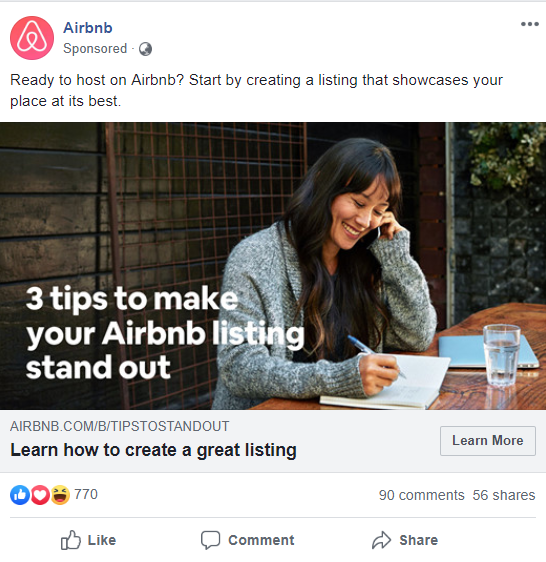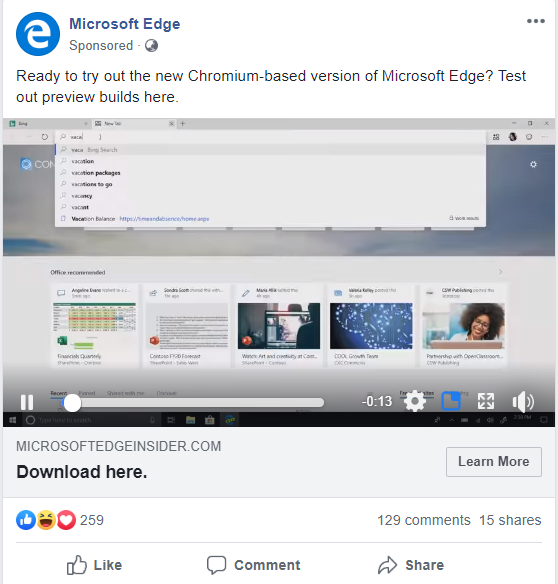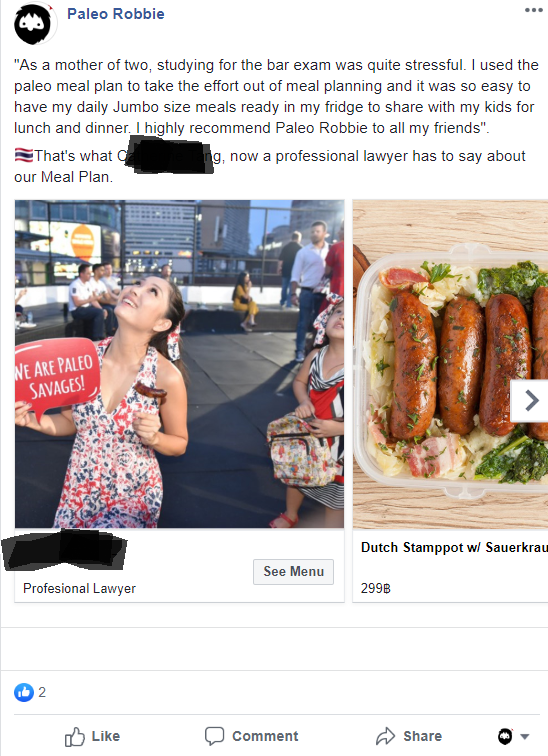Do you spend thousands of dollars per month on acquiring new customers using Facebook ads?
If so, that means the first interaction that prospects have with your business will be through a Facebook ad, and let me tell you first impressions mean a lot.
Users who engage with your ad on their first impression will provide your ads a higher total value score in the auction, lowering your ad costs.
A good first Facebook ad impression is either a click through or a user dwelling on your ad (stopping their news feed to consume your copy).
In this article I’m going to discuss three types of ad copy to use in your Facebook ads to maximize your chances of making a good first impression.
All users aren’t equal
Before I go into examples, I want to state that all users aren’t the same.
Even if they are part of the same lookalike audience or interest targeting, the way they engage with content on Facebook differs.
Each person has his or her unique needs, desires, and pain points, so this is why you need more than one type of ad copy.
For example, there are users who won’t pay attention unless they see faces in the ad, whereas other users may never read long-form copy because they have shorter attention spans.
You should never rely on a single type of copy for your ads because a single message isn’t going to be personalized for an audience size of two million or more.
Here are three types of ad copy you should be testing with your audience:
1. Copy for short attention spans
There are master ‘scrollers’ on Facebook who whiz through their news feed, stopping for almost nothing.
For this type of user you want to keep your text copy short. If you’re running a video ad, keep the length at around seven seconds as you’ll struggle to keep this user engaged with a 60-second video or long-form text copy.
Try calling this prospect out in the first sentence by asking a question, followed by a call to action.
Here’s an example of an Airbnb ad that does exactly that:

“Ready to host on Airbnb?” is the call out, and “Start by creating a listing.” is the call to action.
Airbnb could have used a more direct response by stating the value a user could receive to list their place, but that wouldn’t suit their brand voice.
Here’s another one from Microsoft that calls out users who may be seeking a new web browser to use:
 Both are great examples of question and action ad copies.
Both are great examples of question and action ad copies.
2. Testimonial copy
Testimonial ad copy is great for businesses that lack social proof and for ads lower down in your funnel where a prospect knows the value you offer but is unsure if they can trust you or not.
For some users, being able to see people like themselves talk about your product or service is sometimes all they need to see to turn them from a prospect into a customer.
It should be common knowledge to Facebook ad marketers that ads with faces do much better than stock or product photos.
You should have at least five customer testimonial ads in your funnel to use for retargeting.
Here’s an example from online food business Paleo Robbie that uses a customer review and photo:

Anyone with a family or stressful job can relate to that ad, and it may be the motivation needed to place their first order.
Testimonial ads also provide legitimacy to your business over online reviews, which consumers know can be faked.
3. Long-form copy
80% of long-form ad copy I see on Facebook is from individuals who are looking to build their personal brand. Rarely do I see it in the e-commerce space.
One reason for this is that long-form copy takes more time to create and fewer people read it because they would have to click the ‘See More’ button to see the ad in its entirety.
That being said, long-form Facebook ad copy has its place in e-commerce ads.
There will always be a percentage of your audience that rarely click through to ads, so using long-form copy gives you more ammunition to state your value.
There will be users who rarely read long-form copy because they don’t have the attention for it, but that’s why we have the short attention span copy to target this type of user.
Here’s an example of long-form ad copy targeting these types of Facebook users (although I’m not a fan of the stock image):

Your turn
The secret to writing good ad copy isn’t to use buzz words, click bait, or high-quality images; it’s to have several versions of copy that your entire audience can relate to.
As Facebook’s machine learning algorithm becomes smarter, it builds and collects data on users and the ads they engage with most. By having a range of long-form and short-form testimonials, you give yourself a greater chance of making a good first impression.
An audience size of five million Facebook users may share similar interests and behaviors, but they are unique people who consume content in different ways. Make sure your ad copy uses various types of ad copy to have the best chance of reaching as many of them as possible.